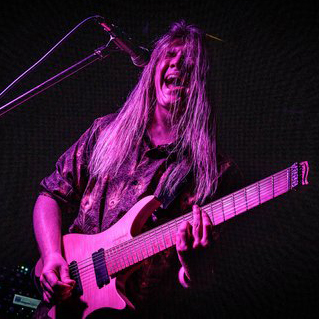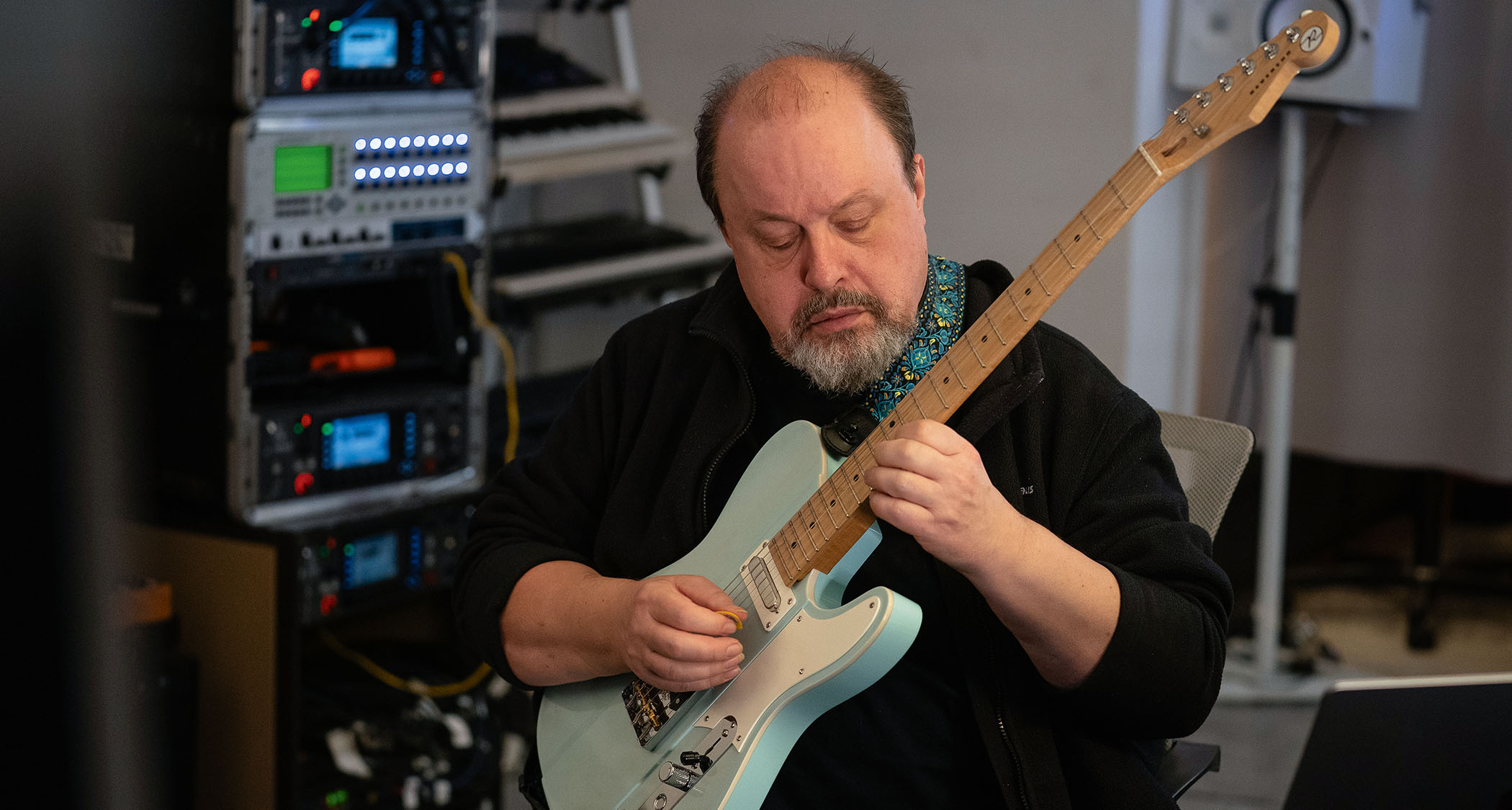“He goes, ‘You know, Joe, you’d be my favorite guitar player if you’d just divide by two’”: The playing advice Joe Bonamassa got from Leslie West – and why it’s finally paying off
Three decades later, Bonamassa is taking West’s pointers on board – and they’re making a difference
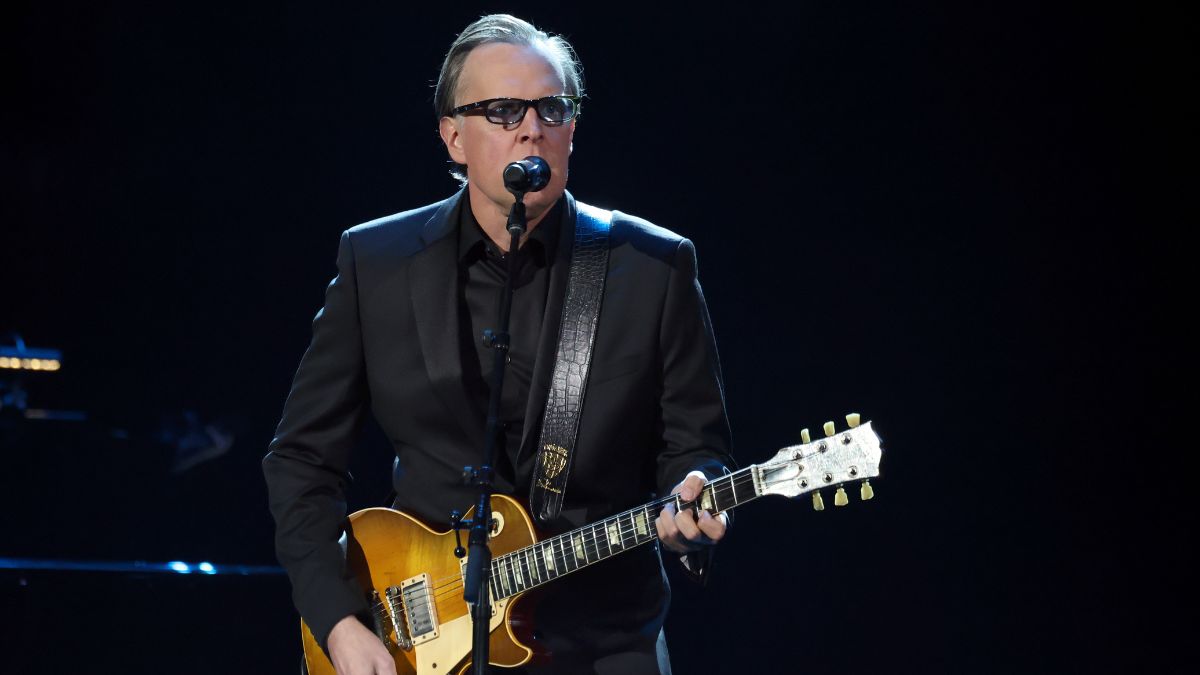
Joe Bonamassa says the advice Leslie West gave to him 30 years ago has finally sunk in – and it’s led to him having a guitar solo epiphany.
Speaking to Premier Guitar ahead of the release of his latest solo album, Breakthrough, the besuited electric guitar titan says he met West while he was still a young, inexperienced player. His playing won the Mountain man over, but West had some words of wisdom to share.
“Thirty years ago, his advice was to divide by two,” Bonamassa explains. “He came to the studio in Ithaca, New York, when I was a kid working with [producer] Tom Dowd on what would be my first solo album.
“This was pre-production, and he guested on a track. And he, in that voice, goes: ‘You know, Joe, you’d be my favorite guitar player if you’d just divide by two.’ I’m like, ‘You mean half as many notes?’ He goes, ‘Right. Keep doing what you’re doing and divide by two.’”
West, who left a lasting impression on everyone from Martin Barre to Grace Bowers and Jared James Nichols, was never one to burn a hole in his fretboard. Now, Bonamassa is putting his words into action.
“I’ve noticed a change in my playing,” he reflects. “Especially when I’m touring and we’re playing big venues over here, I’ve been using ‘divide by two.’ That has been paying off. Every once in a while, you break through a frontier you didn’t even know you were gonna break through or didn’t even know existed.”
Another recent revelation came after Bonamassa bought a “museum-grade” 1941 Martin acoustic – which has since been made into a five-figure reissue model – and it’s kicked his vast collection of electric guitars to the curb.
All the latest guitar news, interviews, lessons, reviews, deals and more, direct to your inbox!
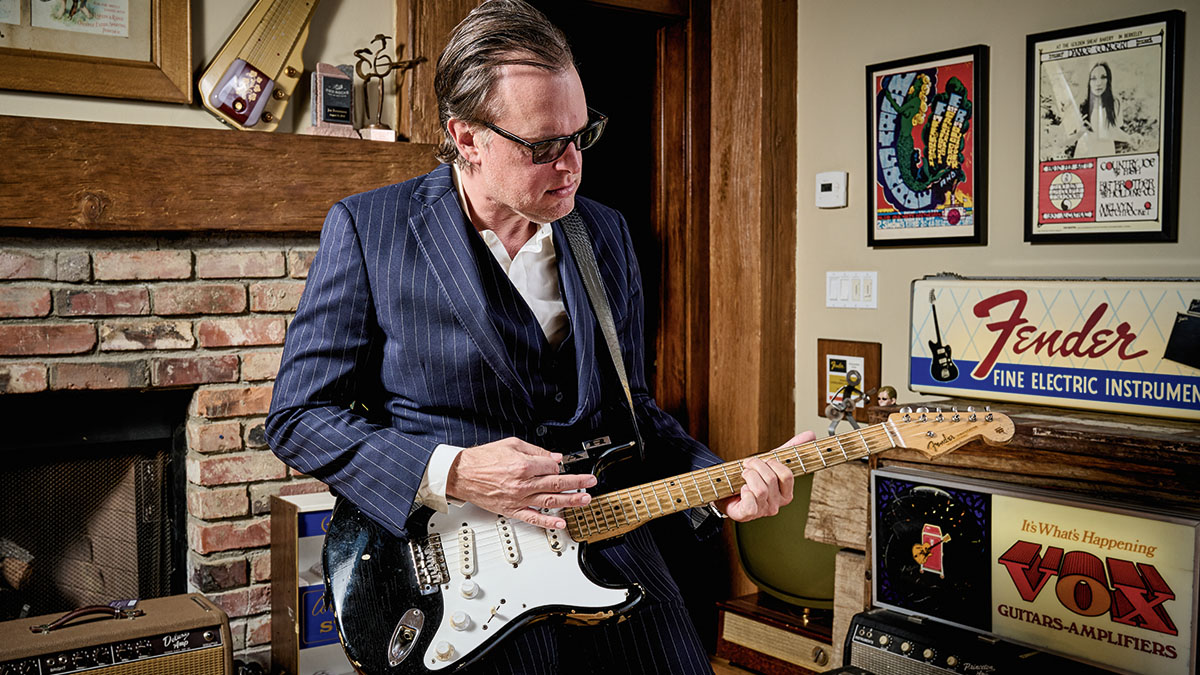
“It was so clean that I couldn’t play it. It’s so preserved,” he adds. “Right after that, I got a 1942 000-18 from my friend Jim Hauer in Dayton, Ohio, at Hauer Music. And once I had the neck set and it came back, I was like, ‘You know what? I get the acoustic.’ I was so focused on electric that acoustics would all sound the same to me.
“I’ve found that my accuracy on the electric has improved by embracing the acoustic. I find, especially in the studio, if I’m producing a record and I’m playing on it, just the changes, my chordal accuracy, is a lot better.
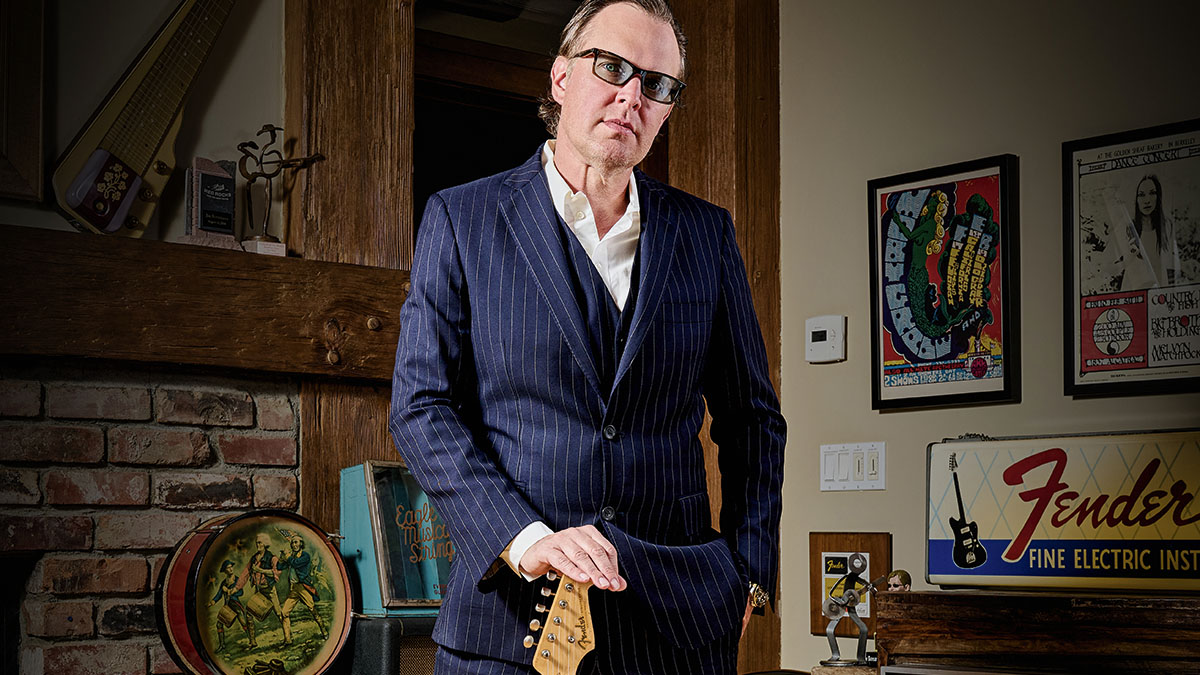
“When I plug a Les Paul into a Marshall or Fender Strat into a black-panel Princeton, the sounds you expect are going to come up, and then it’s up to you to create something,” he concludes. “[With] the acoustic, you’re wide open. I find that I’m coming up with more original ideas just by not playing electric when I’m home.”
Meanwhile, Bonamassa has explained why Fender Strats are “Swiss army guitars,” and offered players heartfelt guitar-buying advice to help quell buyer’s remorse once and for all.
A freelance writer with a penchant for music that gets weird, Phil is a regular contributor to Prog, Guitar World, and Total Guitar magazines and is especially keen on shining a light on unknown artists. Outside of the journalism realm, you can find him writing angular riffs in progressive metal band, Prognosis, in which he slings an 8-string Strandberg Boden Original, churning that low string through a variety of tunings. He's also a published author and is currently penning his debut novel which chucks fantasy, mythology and humanity into a great big melting pot.
You must confirm your public display name before commenting
Please logout and then login again, you will then be prompted to enter your display name.
